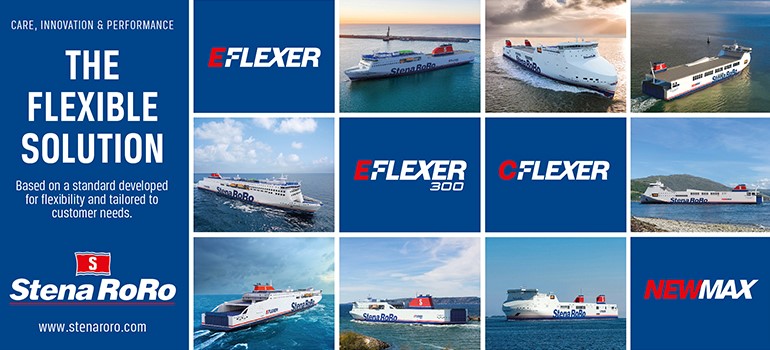Study Finds Tallinn Old City Harbour’s Air Quality in Accordance with requirements
This summer, the Estonian Environmental Research Centre conducted ambient air quality measurements in Tallinn Old City Harbour, confirming that the Port of Tallinn has effectively mitigated the risks of air pollution from ships and cars. None of the measured pollutants exceeded the limit values. Analyses also showed that visits by cruise ships do not individually increase pollution levels.
Continuous air quality monitoring between 15 July and 1 August assessed the air pollution situation at the port in terms of changes in the air emission while ships are in port, also at the entry and exit of ships and the impact of cars entering the port area. During the monitoring, the Estonian Environmental Research Centre (EKUK) measured the concentrations of nitrogen dioxide, sulphur dioxide, fine particles, and black carbon in the air. A total of 278 ships visited Old City Harbour during the measurement period.
According to Ellen Kaasik, Environmental Manager of the Port of Tallinn, the port and shipping companies have consistently contributed to improving air quality, which has resulted in successfully keeping pollutant levels below the limit values.
“The Port of Tallinn wants the port area to be an attractive place to spend time, both for city residents and tourists. Therefore, air quality monitoring and surveillance is an important priority for us, and to ensure this, we have, among other things, introduced automatic mooring equipment and provided shore power for vessels moored in the port. These measures are directly linked to the need for ships to use fewer engines at the shore, thereby reducing emissions to the atmosphere,” said Kaasik.
To assess the potential impact of ships on pollutant concentrations, a total of 6 episodes were selected for further analysis. This included looking at simultaneous activities in the port. The study showed that, although the limit values were not exceeded in any of the episodes, the pollutant concentrations were affected by both ships in the port and other traffic in the port area, such as cars and trucks waiting to board the ship.
An analysis by the Estonian Environmental Research Centre, which carried out the measurements, showed that the air quality in the Old City Harbour was also affected by general air pollution. This was confirmed by situations where pollutant levels were above average during periods when there was no simultaneous activity in the port. In addition, separate analyses carried out during the study showed that cruise ships do not individually increase pollution levels. A total of 24 cruise ships visited the Old City Harbour during the measurement period.
The Port of Tallinn’s environmental policy is to minimise its operations’ ecological footprint and act environmentally friendly to prevent pollution. The Port of Tallinn is also a member of EcoPorts, a prestigious European port environmental initiative, which shows that the environmental performance of the Port of Tallinn meets international requirements. The company assesses the ecological aspects of its operations to minimise their impact on the environment.
The Port of Tallinn has contributed to reducing air pollution and has invested in onshore power connection for ferries on five quays, installed automatic mooring equipment on three quays, created new light traffic routes and developed new green areas in the port area.
The study is in Estonian available here: Õhukvaliteedi mõõtmised Vanasadamas_2022_Final
Nov 16 2022
Most read
A-Ships Management acquires WOLIN, due to depart for Greece as the GOLDEN CARRIER this week
Mar 18 2025


















